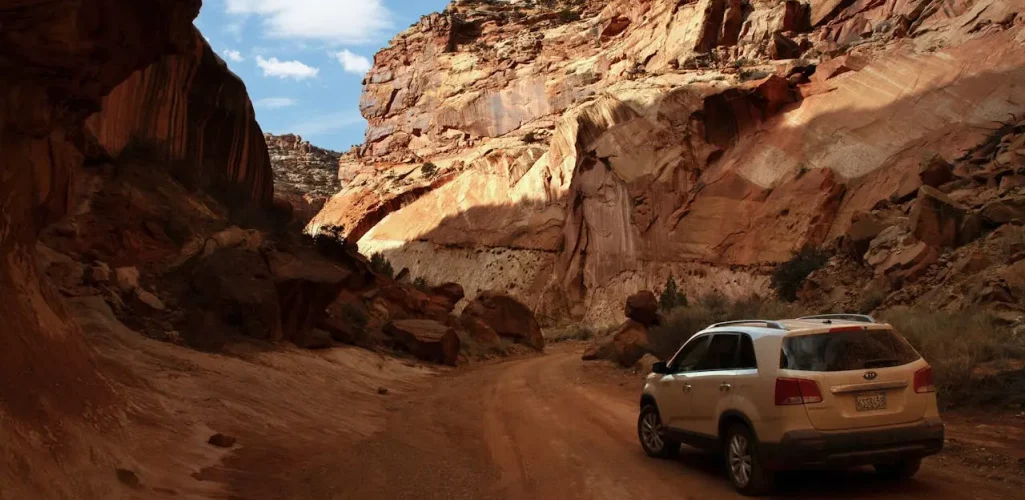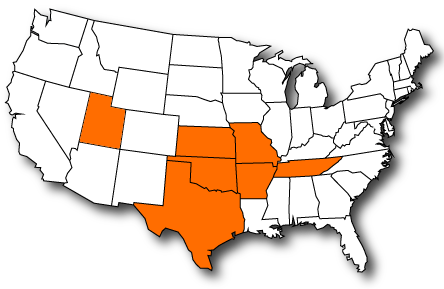Driving in Utah, like any other state, requires adherence to specific legal requirements, particularly concerning car insurance. Utah’s car insurance laws are unique in several ways, influenced by its status as a no-fault state and its specific minimum coverage mandates.
This article will delve into the essential aspects of Utah’s car insurance requirements, offering drivers a comprehensive guide to navigating the state’s legal landscape.
1. Utah as a No-Fault State
One of the most significant factors shaping Utah’s car insurance requirements is its designation as a no-fault state.
In a no-fault insurance system, each driver’s own insurance company pays for their medical expenses and other losses regardless of who caused the accident. This system aims to reduce the number of lawsuits and speed up the compensation process.
Personal Injury Protection (PIP)
Under the no-fault system, Utah requires all drivers to carry Personal Injury Protection (PIP) coverage. PIP covers medical expenses, lost wages, and other related costs arising from an accident.
The minimum PIP coverage required in Utah is $3,000 per person. This means that if you’re injured in an accident, your insurance will cover up to $3,000 in medical expenses, regardless of who was at fault.
2. Minimum Liability Insurance Requirements
Besides PIP, Utah mandates specific minimum liability insurance coverage to protect other drivers and property. The state’s minimum requirements are often referred to by the numbers 25/65/15:
Bodily Injury Liability: $25,000 per person and $65,000 per accident. This coverage pays for injuries or death to others when you are at fault in an accident.
Property Damage Liability: $15,000 per accident. This coverage pays for damage to another person’s property caused by your vehicle.
These minimums are essential for protecting yourself financially in the event of an at-fault accident. However, many experts recommend purchasing higher limits to ensure adequate protection.
3. Uninsured/Underinsured Motorist Coverage
Although not required by law, Utah insurance companies must offer Uninsured/Underinsured Motorist (UM/UIM) coverage when you purchase a policy.
If you are in an accident with a motorist who is either underinsured or does not have insurance, this coverage will protect you. Drivers can choose to reject this coverage in writing, but it is highly recommended to consider it, given the potential financial risks.
4. Additional Coverage Options
While PIP and liability insurance form the backbone of Utah’s car insurance requirements, drivers have several additional coverage options to enhance their protection:
Collision Coverage
Regardless of who is at fault, collision coverage covers damage to your car that results from an accident. This is particularly important for protecting the value of your car, especially if you have a newer or more expensive model.
Comprehensive Coverage
Comprehensive coverage handles non-collision-related damage to your vehicle, such as theft, vandalism, or natural disasters. Given Utah’s varied climate and the potential for events like hailstorms, comprehensive coverage can be a wise investment.
Medical Payments Coverage (MedPay)
MedPay is an optional coverage that can supplement PIP by covering additional medical expenses. Unlike PIP, MedPay can cover expenses beyond the minimum $3,000 required by state law, offering more extensive protection.
5. SR-22 Insurance Requirements
Certain drivers in Utah may be required to file an SR-22 form, which is not an insurance policy but a certificate of financial responsibility.
The SR-22 demonstrates that a driver has the minimum required insurance coverage and is typically mandated for drivers with serious traffic violations, such as DUIs or reckless driving offenses.
The SR-22 must be maintained for a specified period, usually three years, depending on the offense.
6. Penalties for Non-Compliance
Driving without the required insurance in Utah can lead to severe consequences. If caught without insurance, drivers face:
Fines: First-time offenders can be fined up to $400, with subsequent offenses leading to higher fines.
License Suspension: Until you present proof of insurance, your driver’s license and car registration may be suspended.
SR-22 Requirement: Repeat offenders or those involved in serious traffic violations may be required to file an SR-22 form.
7. Cost of Car Insurance in Utah
The cost of car insurance in Utah can vary significantly based on factors such as age, driving history, vehicle type, and location. Generally, urban areas like Salt Lake City tend to have higher insurance rates due to increased traffic and higher accident risks.
Conversely, rural areas may see lower premiums. To manage costs, drivers are encouraged to:
Shop Around: Finding the greatest deals can be helped by comparing quotes from several insurance companies.
Bundle Policies: Many insurers offer discounts for bundling auto insurance with other types of insurance, such as homeowners or renters.
Maintain a Clean Driving Record: Avoiding accidents and traffic violations can keep premiums lower.
Utilize Discounts: Many insurers offer various discounts, including for good driving habits, low mileage, and safety features on vehicles.
8. Insurance Brokers’ and Agents’ Role
Navigating the complexities of car insurance can be challenging, and many Utah drivers benefit from working with insurance agents or brokers.
These professionals can provide personalized advice, help compare policies, and ensure that drivers meet all state requirements. They can also assist in filing claims and addressing any issues that arise with insurance companies.
9. Recent Changes and Future Trends
Utah’s car insurance laws are subject to change, influenced by legislative updates and evolving industry practices.
Recent trends in the insurance market, such as the rise of telematics (usage-based insurance) and increasing focus on digital insurance platforms, are reshaping how drivers purchase and manage their insurance policies.
Staying informed about these changes can help drivers make better insurance decisions and stay compliant with state laws.
10. Conclusion
Understanding and adhering to Utah’s unique car insurance requirements is crucial for all drivers in the state.
From mandatory PIP coverage to minimum liability insurance and the option for additional protections, being well-informed can safeguard your financial well-being and ensure legal compliance.
Regularly reviewing your insurance needs and working with knowledgeable insurance professionals can provide peace of mind and optimal coverage on Utah’s roads. If you are looking for cheap car insurance in Utah, G&G is here to help. Get a free quote now!


